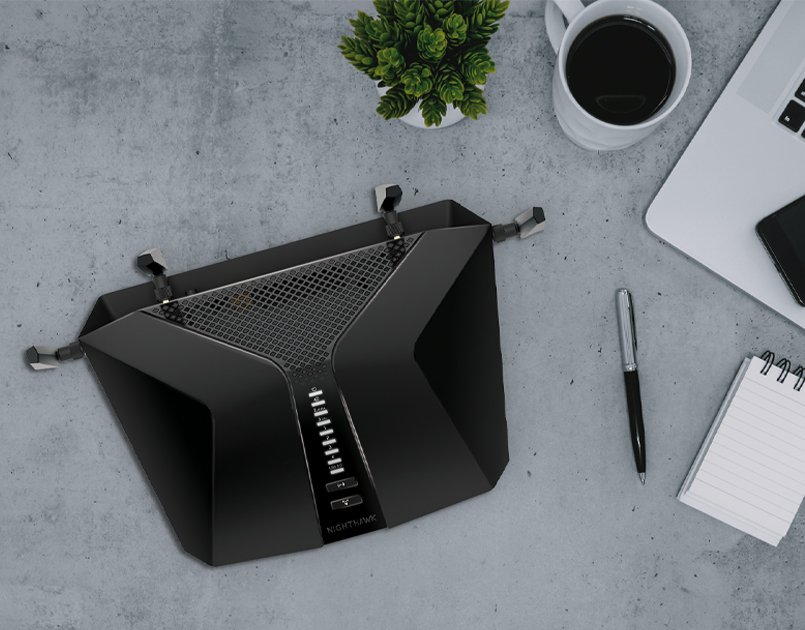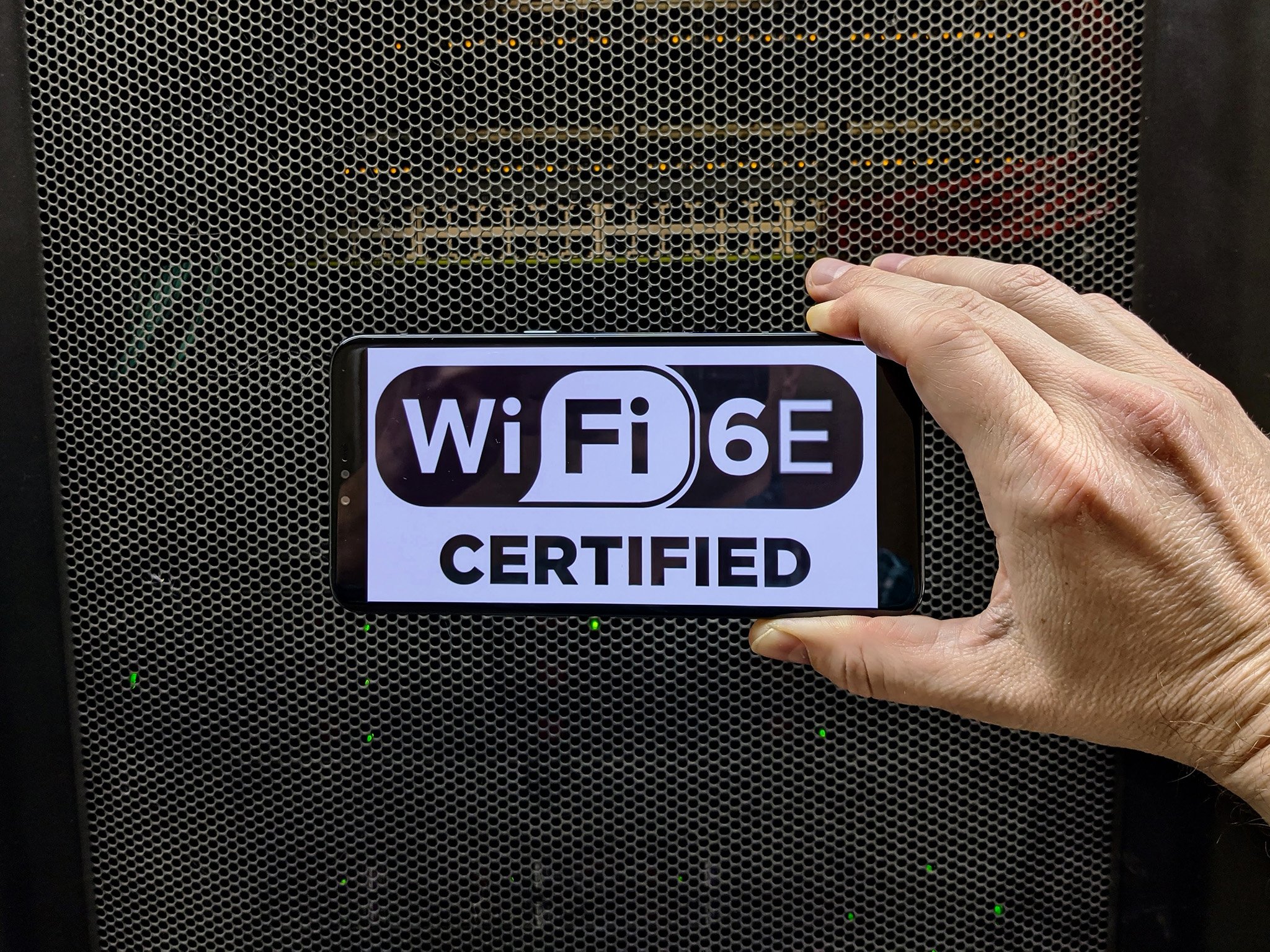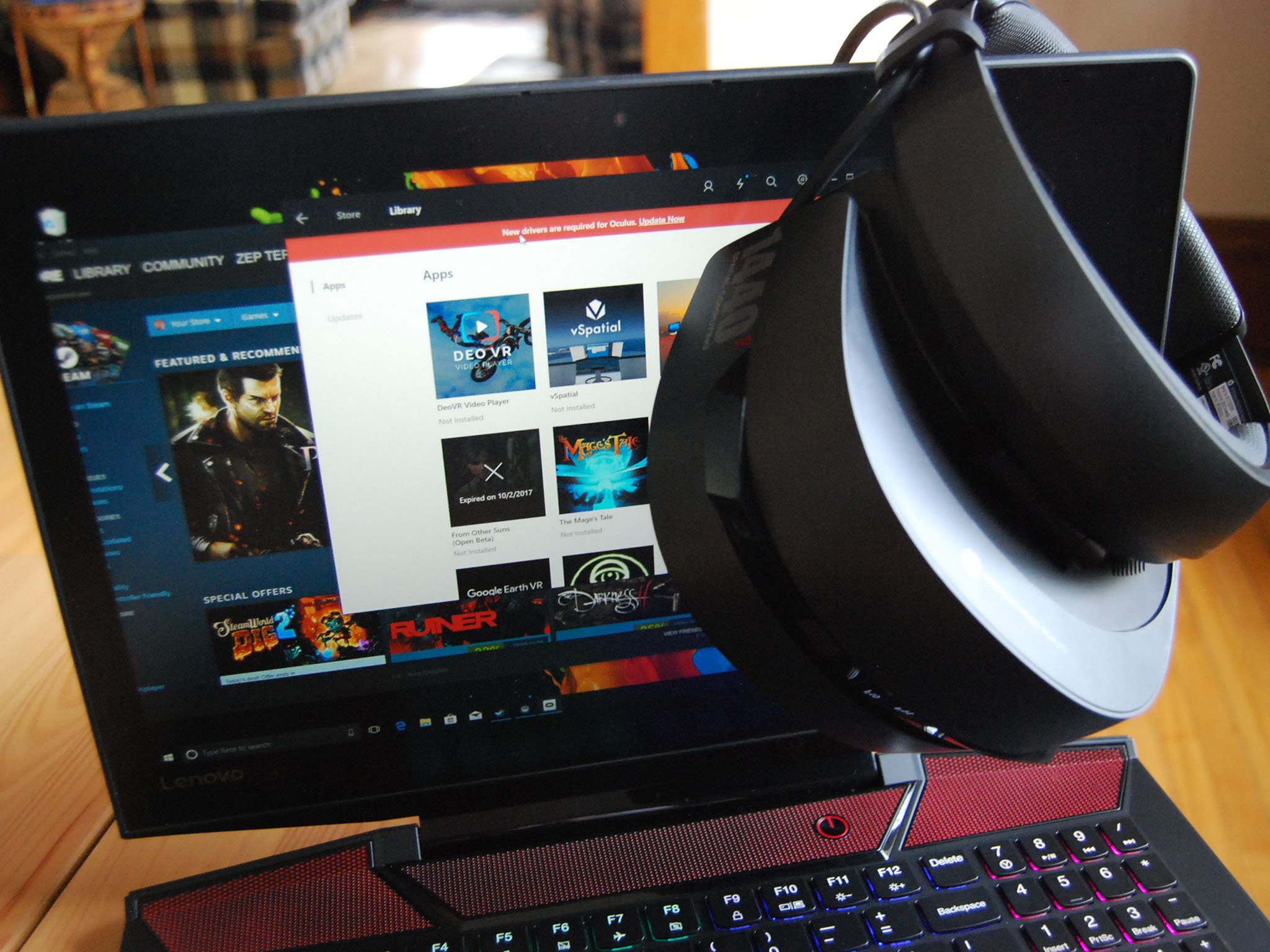Best answer: Wi-Fi 6 is your best bet until Wi-Fi 6E routers and devices become widely available.
Wi-Fi 6 or Wi-Fi 6E: What's the difference?
To understand why Wi-Fi 6 is still currently a better option than Wi-Fi 6E for most people, you have to understand how Wi-Fi 6 routers work and why they're still early in their lifespan. Wi-Fi 6 is like a performance patch to Wi-Fi 5. It just does a lot of things better and more efficiently, making your internet connection as invisible as possible. It essentially doubles the maximum speed throughput from Wi-Fi and uses that power to saturate connections to devices with more information. Again, put simply: It's just better than what came before.
Wi-Fi 6E isn't called Wi-Fi 7 for a reason. It's almost the same thing but with a big benefit that, for most people, is more future-proofing than anything. Wi-Fi 6E gets exclusive access to the 6GHz band. Not the 5GHz band that other Wi-Fi standards get. In comparison, the 6GHz band has a key difference. Although it technically performs at the same speeds as 5GHz, the 6GHz band allows communication with your devices on more channels. More pathways to your devices means less overlap, which means faster real-world speeds.
Wi-Fi 6 or Wi-Fi 6E: The problem with early adoption
While an improvement to our current Wi-Fi technology, Wi-Fi 6E is still extremely new, and therefore has a long road ahead of it before it becomes ubiquitous enough to matter. Many people still don't utilize the benefits of Wi-Fi 6. Add to that the importance of having devices, like a phone or a laptop, that benefit from Wi-Fi 6E, and you have a technology that's too early in its infancy for anyone but the most dedicated enthusiasts to consider.
It's simply too early to really make use of it. And because of that the prices of routers and devices that even support it are absurdly high. Unless money isn't an object, there's no reason to invest in a Wi-Fi 6E setup right now. There are much better ways to improve speeds if that's your issue.
Wi-Fi 6 or Wi-Fi 6E: Looking forward
All of this said, Wi-Fi 6E has potentially huge benefits for the future. Devices that need loads of bandwidth that can be next to your router or signal are becoming more common. Think of something like VR headsets that rely a lot on wires. If you could transfer that sort of data at high speeds via Wi-Fi 6E, it might make the entire technology more accessible for people in different environments. The only issue is that the tendency for this technology to fluctuate is so high that it's hard to tell what this will look like in even five years.
Regardless, Wi-Fi 6E is a very promising feature for the future. If enough people start to pick up routers capable of it, you'll start to see even more devices that actually function in tandem with them. For now, it's just hard to see that becoming a reality.
Wi-Fi 6 or Wi-Fi 6E: Choosing a router now
For now, stick with Wi-Fi 6. There are many routers out there that make use of it, and there are many more coming. Wi-Fi 6E will be something to worry about several years for now. For the biggest benefits to your connection speed, look into Wi-Fi 6 routers. Chances are, you have a lot of devices that would happily slurp up that data if you had one. And even if you don't, it's worth making sure you have it for any devices you buy down the line.
It's also good to note that Wi-Fi 6 route pricing is starting to normalize as the technology becomes more normalized. It's not absurd to pick one up because many of the products are comparable to Wi-Fi 5 versions. And for some companies, like in mesh networks, it's almost hard not to get Wi-Fi 6.
Our pick
Netgear Nighthawk RAX50
A strong, fast, reliable Wi-Fi 6 router
The Nighthawk RAX50 is exactly what you want from a Wi-Fi 6 router: fast and reliable. It also comes with plenty LAN ports and a USB 3.0 slot.









0 comments:
Post a Comment